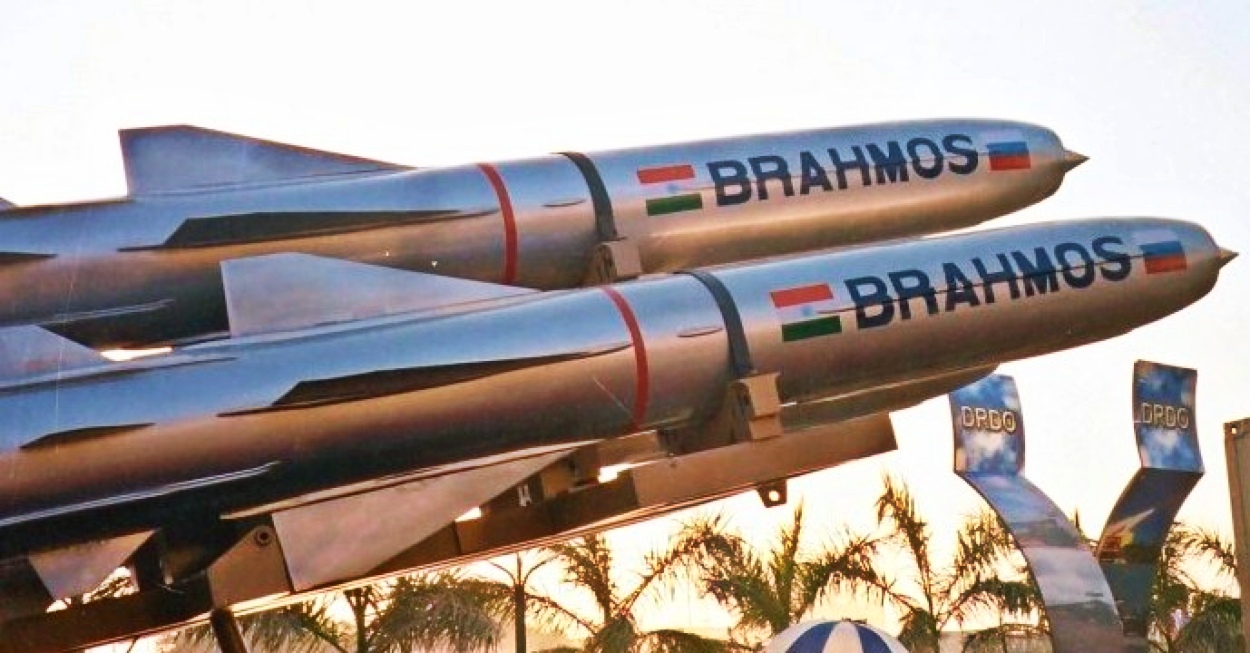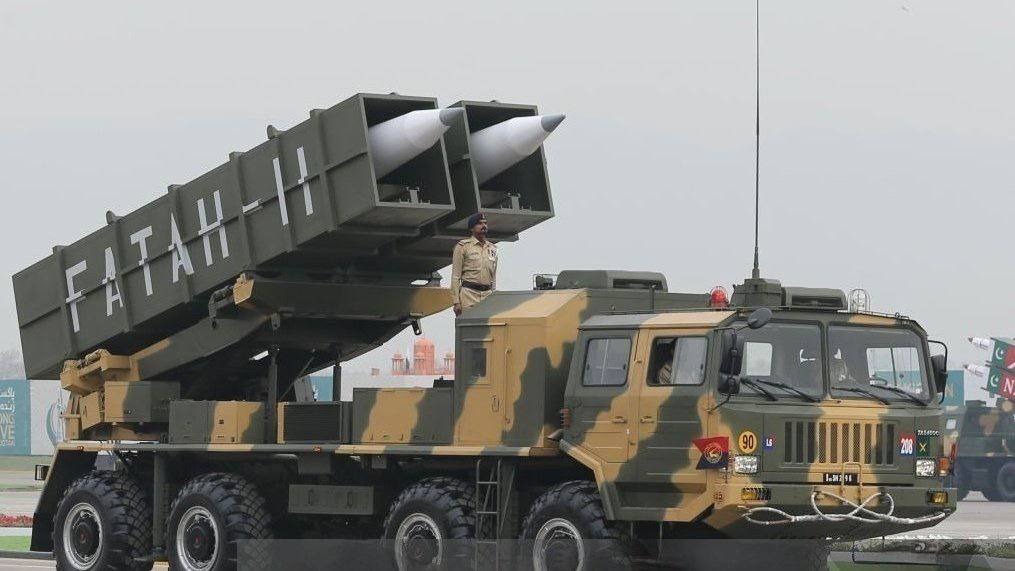Pakistan Escalates, India Responds: Understanding What Happened On 10 May Between Nuclear-Armed Foes

The May 10, 2025, GoI (Govt. of India) briefing clarifies that Pakistan’s overnight strikes marked a deliberate, limited escalation. India’s swift and calibrated response shows it remains firmly in control of the escalation ladder.
It appears that Pakistan’s escalation was premeditated and thoroughly gamed.
Pakistan’s Escalation
Pakistan’s escalation on the night of May 10 appears both calculated and premeditated. The swarm of 400–500 drones launched on May 9 was likely not a standalone action but a well-orchestrated reconnaissance and signal intelligence (SIGINT) operation.
By triggering Indian air defence systems to light up their radars and respond with interceptors, Pakistan’s planners likely aimed to map Indian air defence assets and gather critical data on their electromagnetic signatures and operational patterns.
With this information, Pakistan altered its tactics for the next phase. On May 10, it shifted from drones to missile strikes. During the press briefing the following morning, Indian Army and Air Force spokespersons specifically referred to the use of “high-speed” missiles as a notable escalation.
The phrasing seemed intentional. Unlike kamikaze drones, which are relatively slow and used for precision targeting, cruise or ballistic missiles represent a qualitatively different threat.
While Pakistan does not possess supersonic cruise missiles comparable to India’s BrahMos, it does field subsonic cruise missiles such as the Ra’ad, Ra’ad-II, and Taimur.
The term “high-speed” could also hint at the use of ballistic missiles, which would mark a significant step-up in offensive posture.
In short, Pakistan’s actions suggest a shift from harassment to deliberate targeting, indicating that this escalation was not reactionary, but part of a gamed-out strategy.
Use Of Fatah-1 MLRS
A video posted on social media early on May 10 shows Pakistani soldiers launching three Fatah-1 Multiple Launch Rocket System (MLRS) projectiles targeting Indian positions.
The Fatah-1, with an estimated range of up to 140 km, is equipped with GPS/INS guidance, enabling precision strikes on tactical targets. Its deployment marks a notable escalation in firepower and intent.
Indian Forces Were Ahead Of The Game
It appears that Indian forces accurately assessed both the intent and tactical imperative behind Pakistan’s drone swarm on the night of May 9.
The barrage was likely recognized as a prelude to a larger strike. Consequently, India anticipated the SEAD (Suppression of Enemy Air Defences) attempt using cruise missiles on the night of May 10 and was prepared to counter it.
May 10 Sequence Of Events
Pakistan’s Attack
In the early hours of May 10, Pakistani forces launched a coordinated strike on Indian targets. Armed, surveillance, and kamikaze drones swarmed across nearly the entire stretch of the International Border and the LoC, clearly aiming to stretch Indian air defences thin.
The major escalation began after 1:40 AM, when PAF fighters launched long-range cruise missiles targeting military infrastructure at several Indian airbases.
According to the Indian government, “limited damage was sustained to equipment and personnel at Udhampur, Pathankot, Adampur, and Bhuj.”
Pakistani media made sweeping claims, including the destruction of:
-
S-400 AD System at Adampur
-
Suratgarh and Sirsa
-
Brahmos Base at Nagrota
-
Artillery gun positions
Indian authorities, however, categorically refuted all these claims. Of the four, only the claim about artillery gun positions appears remotely plausible. The rest—particularly claims about the destruction of S-400 systems and entire airbases—lack credibility and appear to be propaganda.

Indian Response
On the morning of May 10, 2025, the Indian Air Force launched a wave of precision strikes on key Pakistani military infrastructure.
The strikes focused on air bases, command and control centers, radar installations, and weapon storage facilities, marking a sharp and deliberate response to Pakistan’s escalation.
The IAF targeted the following airbases using ALCMs.
1. Nur Khan (Chaklala) near Islamabad, (A hub for military airlifters, aerial tankers and VIP transport aircraft.)
2. Murid (Chakwal) near Rawalpindi. (Known for its role in drone operations and training)
3. Rafiqui (Shorkot) (A fighter aircraft base)
4. Rahim Yar Khan is located in southern Punjab, (Dual civil military use Shaikh Zayed International Airport used for drone strikes.)
5. Sialkot.
In addition, the IAF targeted radar sites at Sialkot and Masroor were also targeted using cruise missiles.
A video circulating on social media showed a large crater in the center of the runway at Rahim Yar Khan, suggesting a direct and effective hit.
Striking an International Airport may have been a warning not to use scheduled civil air traffic to obfuscate the movement of military drones and shield them from being engaged by Indian air defence systems.
Conclusion
On the night of May 10, Pakistan escalated by launching cruise missiles at Indian airbases—a first in the current confrontation. India retaliated swiftly and decisively in line with its stated policy of proportionate response.
Pakistan also employed the Fatah-1 multiple launch rocket system (MLRS), firing guided missiles with a range of 140 km.

While technically classified as MLRS, its capabilities blur the line with short-range ballistic missiles like India’s Prithvi. Notably, India does not currently field a comparable long-range guided rocket system.
The use of the Fatah-1 marks a serious escalation—but one India can absorb without triggering a spiral. Responding with ballistic missiles would risk uncontrolled escalation.
Epilogue
At the morning press briefing, Indian military spokespersons emphasized that India had delivered a calibrated response and would stand down unless provoked again.
A social media video shows thick black smoke rising from a large explosion, allegedly at Pakistan’s Bolari Airbase in Hyderabad. The smoke suggests secondary explosions, typically caused by precision strikes on ammunition storage.
The Indian military briefing earlier today made no mention of Bolari, and spokespersons stated that retaliatory strikes had concluded. If confirmed, this incident may have occurred post-briefing, or could be unrelated or misattributed.
- Questions and Answers
- Opinion
- Motivational and Inspiring Story
- Technology
- True & Inspiring Quotes
- Live and Let live
- Art
- Causes
- Crafts
- Dance
- Drinks
- Film/Movie
- Fitness
- Food
- Spiele
- Gardening
- Health
- Startseite
- Literature
- Music
- Networking
- Andere
- Party
- Religion
- Shopping
- Sports
- Theater
- Wellness
- News
- Culture
- Military Equipments

